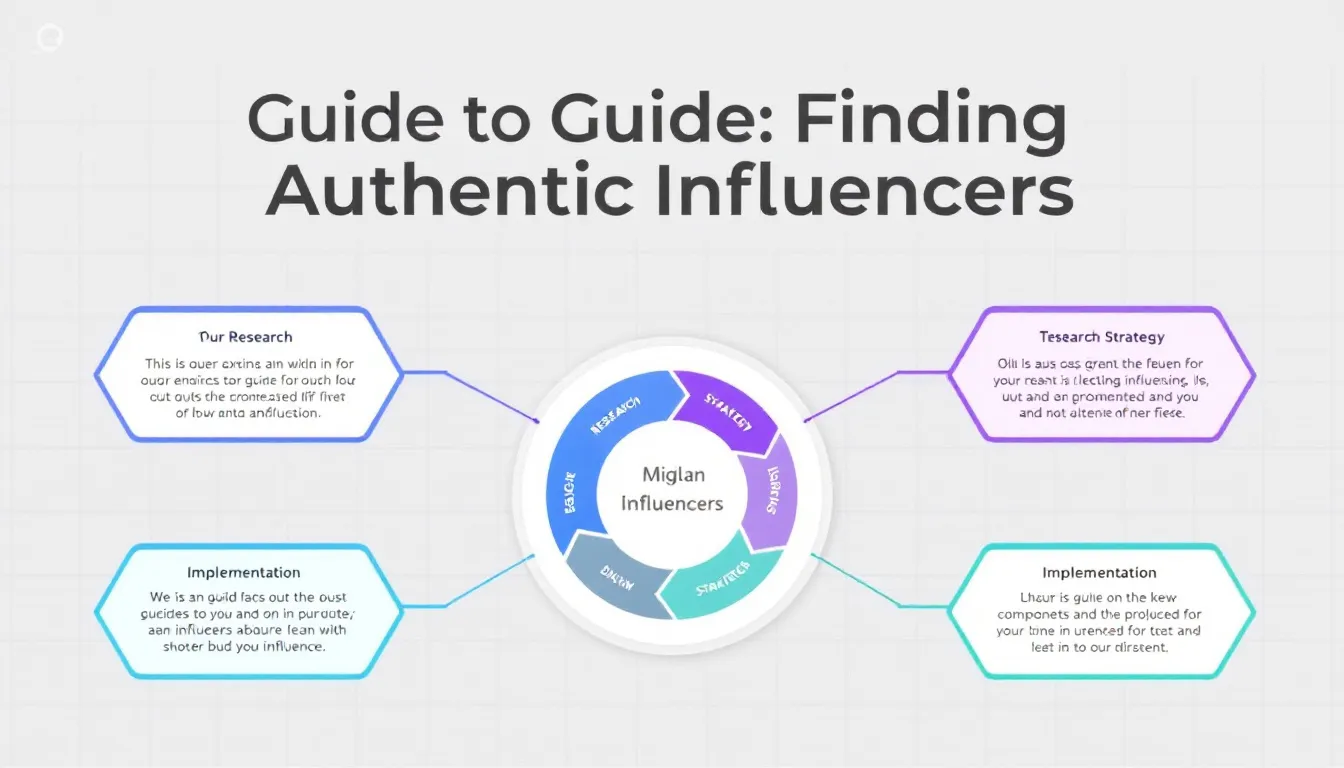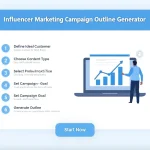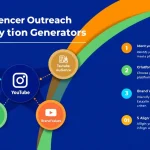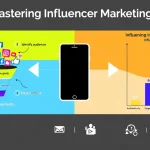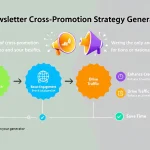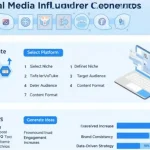Is this tool helpful?
How to Use the Influencer Marketing Strategy Generator
This comprehensive tool helps businesses create a tailored influencer marketing strategy by following these simple steps:
- Product/Service Input: Enter the details of what you want to promote. For example, “Sustainable bamboo water bottles” or “Online yoga meditation courses.”
- Target Audience Definition: Specify your ideal customer profile, such as “Eco-conscious Gen Z consumers aged 18-25” or “Business professionals interested in mindfulness.”
- Industry/Niche Selection: Input your specific market segment, like “Sustainable lifestyle products” or “Digital wellness services.”
- Budget Allocation: Enter your available marketing budget in USD (optional).
- Campaign Objectives: Detail your specific goals, such as “Increase Instagram following by 50%” or “Generate 1000 qualified leads.”
Understanding the Influencer Marketing Strategy Generator
The Influencer Marketing Strategy Generator is a sophisticated tool designed to help businesses systematically identify, evaluate, and plan their influencer marketing campaigns. It combines market research principles with audience targeting algorithms to create customized influencer marketing roadmaps.
Core Components of the Generator
- Audience alignment analysis
- Budget optimization recommendations
- Campaign objective framework
- Industry-specific strategy development
- ROI projection guidelines
Benefits of Using the Influencer Marketing Strategy Generator
Time and Resource Optimization
The tool significantly reduces the time needed to develop an influencer marketing strategy by:
- Automating the initial strategy development process
- Providing structured guidelines for influencer selection
- Generating targeted campaign objectives
- Streamlining the budget allocation process
Enhanced Decision Making
Users benefit from data-driven insights that help:
- Identify optimal influencer categories
- Determine appropriate campaign scope
- Set realistic engagement targets
- Align marketing efforts with business goals
Problem-Solving Capabilities
Strategic Planning Challenges
The generator addresses common influencer marketing challenges through:
- Systematic audience matching
- Budget optimization frameworks
- Goal-setting templates
- Industry-specific recommendations
Implementation Guidance
Users receive actionable insights for:
- Influencer vetting processes
- Campaign structure development
- Performance metric selection
- Content strategy alignment
Practical Applications and Use Cases
Example 1: E-commerce Brand
Input:
- Product: Sustainable fashion accessories
- Target Audience: Environmentally conscious women, 25-40
- Industry: Ethical fashion
- Budget: $10,000
- Goals: Drive direct sales and increase brand awareness
Example 2: SaaS Company
Input:
- Product: Project management software
- Target Audience: Small business owners and entrepreneurs
- Industry: Business productivity tools
- Budget: $25,000
- Goals: Lead generation and demo sign-ups
Strategic Implementation Process
Phase 1: Research and Analysis
- Market analysis and competitor research
- Audience behavior assessment
- Platform performance evaluation
- Trend identification and analysis
Phase 2: Strategy Development
- Campaign objective definition
- Budget allocation planning
- Content strategy creation
- Performance metric selection
Phase 3: Implementation Planning
- Influencer selection criteria
- Engagement guidelines
- Content creation frameworks
- Campaign timeline development
Frequently Asked Questions
What is the ideal budget for influencer marketing?
The ideal budget varies based on industry, objectives, and scale. Micro-influencer campaigns can start from $5,000, while larger campaigns may require $50,000 or more. The generator helps optimize budget allocation based on your specific needs and goals.
How do I identify the right influencers for my brand?
The generator provides criteria based on your input, including audience demographics, engagement rates, content quality, and brand alignment. It helps create a framework for evaluating potential influencer partnerships.
What metrics should I track for campaign success?
Key metrics typically include engagement rate, reach, conversions, and ROI. The generator suggests relevant metrics based on your campaign objectives and industry standards.
How long should an influencer campaign run?
Campaign duration depends on objectives and budget. Short-term campaigns might run 2-4 weeks, while long-term partnerships can extend several months. The generator provides timeline recommendations based on your goals.
What types of content work best for influencer marketing?
Content effectiveness varies by platform and audience. The generator suggests optimal content formats based on your industry, target audience, and campaign objectives, ranging from Instagram Stories to long-form YouTube videos.
Should I work with multiple influencers simultaneously?
Working with multiple influencers can increase reach and impact. The generator helps determine the optimal number of influencers based on your budget and campaign goals.
Is influencer marketing suitable for B2B companies?
Yes, B2B companies can benefit from influencer marketing, particularly through thought leaders and industry experts. The generator adapts strategies for B2B contexts and professional audiences.
How can I measure ROI from influencer marketing?
ROI measurement combines direct metrics (sales, conversions) with indirect benefits (brand awareness, engagement). The generator provides frameworks for comprehensive ROI tracking and analysis.
Important Disclaimer
The calculations, results, and content provided by our tools are not guaranteed to be accurate, complete, or reliable. Users are responsible for verifying and interpreting the results. Our content and tools may contain errors, biases, or inconsistencies. We reserve the right to save inputs and outputs from our tools for the purposes of error debugging, bias identification, and performance improvement. External companies providing AI models used in our tools may also save and process data in accordance with their own policies. By using our tools, you consent to this data collection and processing. We reserve the right to limit the usage of our tools based on current usability factors. By using our tools, you acknowledge that you have read, understood, and agreed to this disclaimer. You accept the inherent risks and limitations associated with the use of our tools and services.
